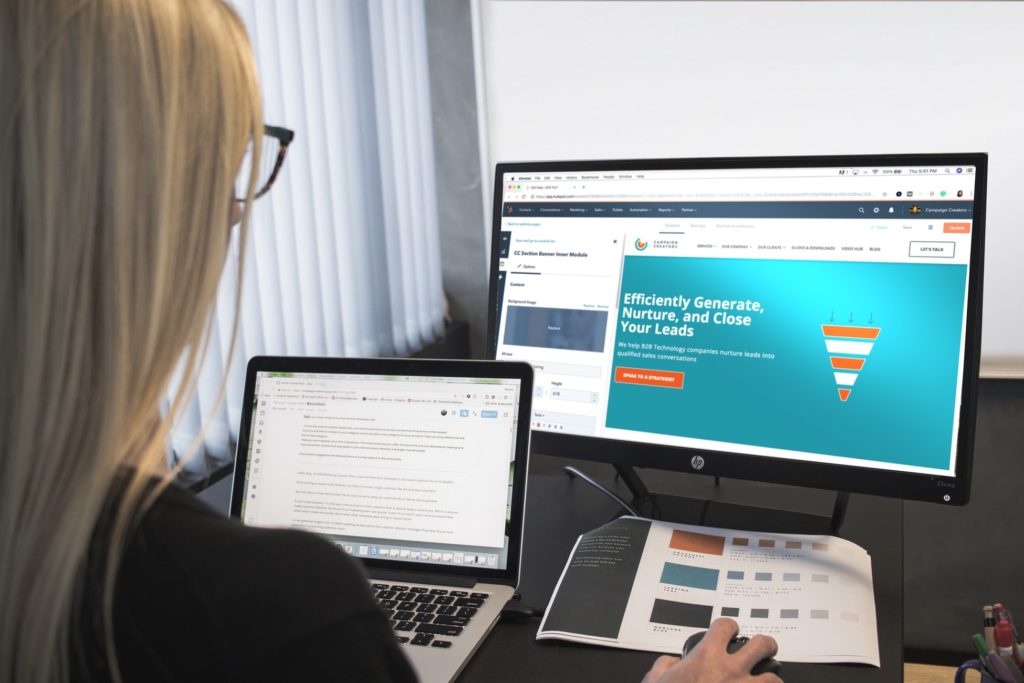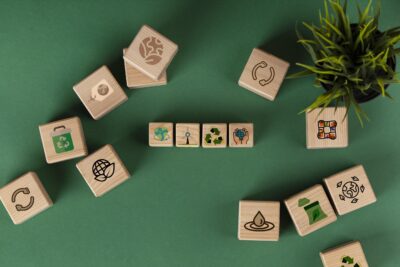Your website design helps set your site apart from others and serves as an important aspect of your company’s branding. If you’re not keeping up with the latest web design trends in 2019, your site will quickly begin to look outdated.
Web design trends in 2019 can be applied to many forms of design beyond just your website, such as graphics for your social media accounts, as all social media platforms become increasingly media-heavy.
Web design is a culmination of several different skills: creating engaging content, creating visually appealing images and colors, optimization for search engines, optimization for conversions, and branding.
In 2019, web and graphic design trends are going to break the boundaries of safe and simple. Here are some of the biggest web design trends in 2019:
Mobile-First
Google rolled out mobile-first indexing in 2018, which is based on prioritizing content and links from mobile website pages. The initiative will be carried over to 2019, requiring web designers to give priority to the mobile version of websites.
Moreover, SEO is not the only factor that dictates the priority of web design. Statistics show that 50% of global website traffic comes from mobile. As the mobile user base increases, good visual effects and search experience are also factors in website design in 2019.
CSS3 Animation
The rise of animation in the past two years has been very rapid. In the web design trends in 2018, it predicated animation is one of the most powerful trends in web design. We expect high popularity among designers and users. The use of CSS3 technology makes traditional web design more vivid and easy to use.
Since CSS3 animation is relatively new in the UI field, there is more room for its development in the application of web design. It is therefore logical for CSS3 animation to be used and developed more in the coming year.
Minimalism, Simplicity But Not Simplistic
One of the classic web design trends, minimalism is synonymous with simplicity. Often the first choice for web designers, it embodies the “less is more” principle. The fewer the interface design elements, the better.
Good design enables users to digest information in as short a time as possible. You can achieve that by using fewer elements.
Whether it’s the use of white design, contrast, or clear typography, a well-designed website makes navigation easy and provides accurate information — making for a good user experience. Well-designed CTA also makes for higher page conversions.
Responsive Design
The rapid development of reading devices in recent years — mobile devices, tablets, TVs, wearables, and desktops — has made designers aware that responsive design should be one of the mainstream web design trends in 2019.
Since Google started highlighting mobile-responsive websites in 2010, mobile has become the first choice for responsive web design. Now that the number of mobile users has far exceeded that of desktop users, Google has also announced changes to its algorithm to prioritize mobile-first indexing. The goal is to encourage companies to update their responsive web design and enhance the online experience of mobile users.
3D Graphics
One of the hottest trends of the recent year is the integration of various 3D graphics into mobile and web interfaces. Applying this kind of graphics to UI is quite a challenge that requires specific skills and artistic eye. In addition, it’s time-consuming. However, it is definitely eye-catching and users will never pass by not noticing it. The 3D renders often look photorealistic which is a big advantage for user interface design. Greatives implement 3D graphics into their Web projects.
Buttonless Interactions
Buttons are still one of the vital elements of UI design, yet now we see more creative experiments on mobile user experience in the perspective of UI interactions without buttons. This approach saves the precious space on the screen for more information and it is even believed to be the initial step to the virtual interfaces based on gestures only. Greatives know all about it!



